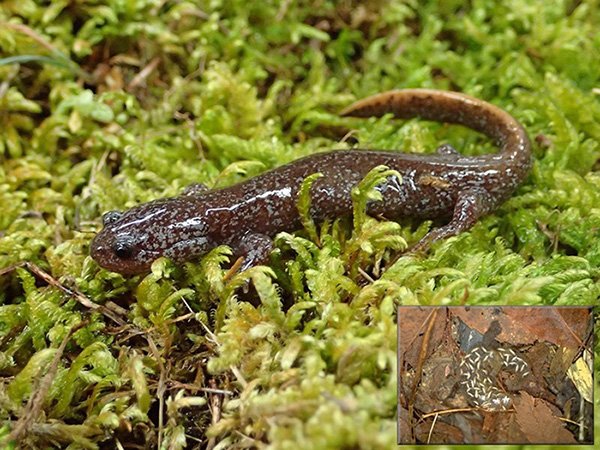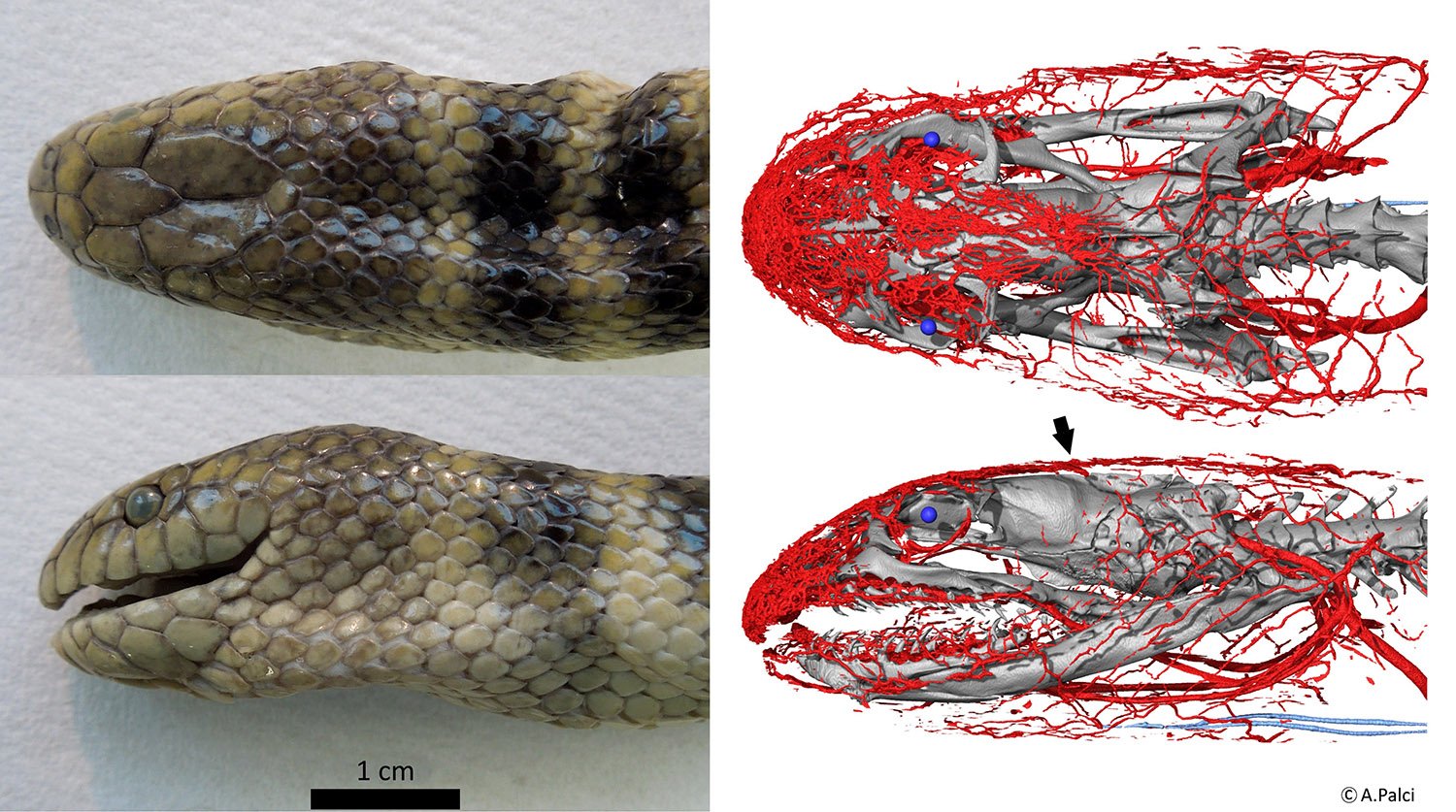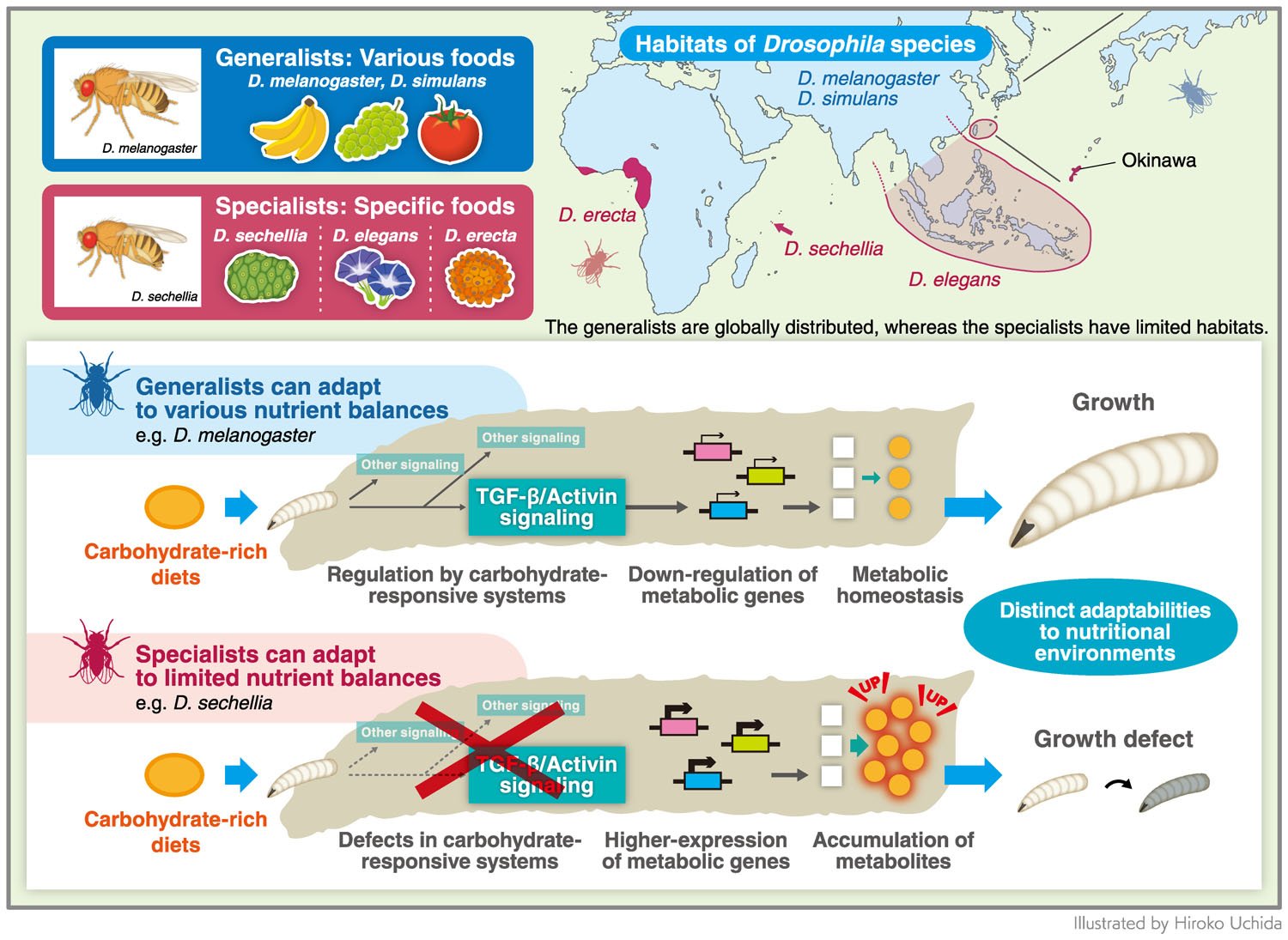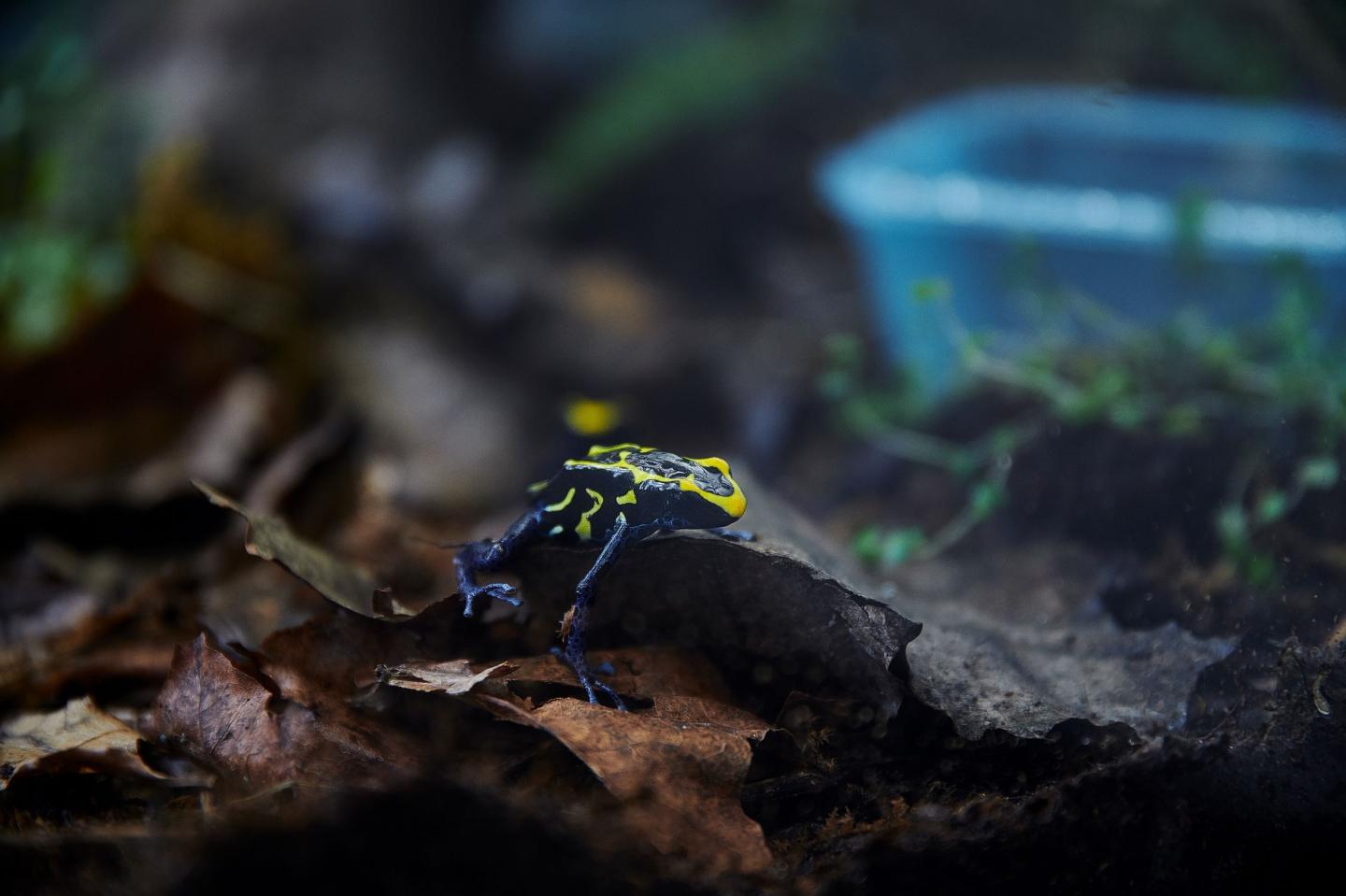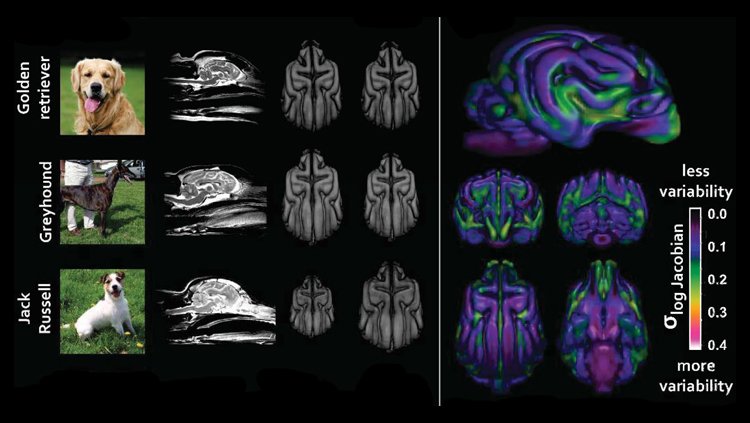The genome of the pea assembled for the first time
An international team* led by researchers from INRA and CEA managed to assemble the first sequence of the pea genome. This study, published on September 2, 2019 in Nature Genetics, will, in addition to increasing knowledge of this genome compared to that of other legumes, help to improve traits of interest for peas, such as … Read more

